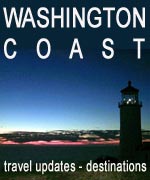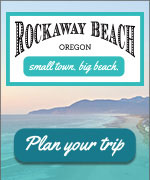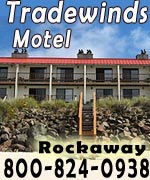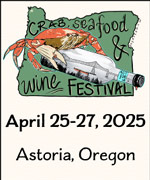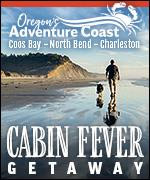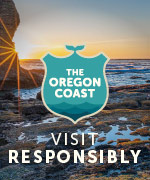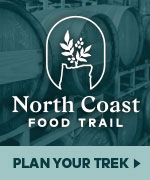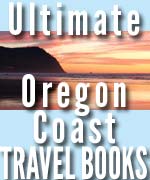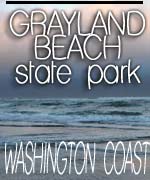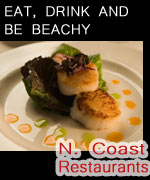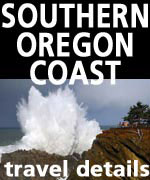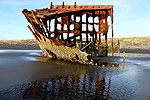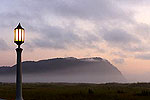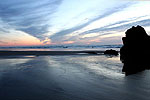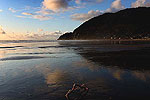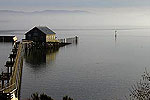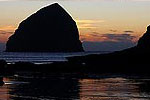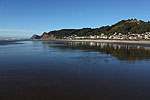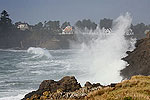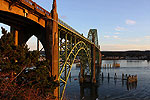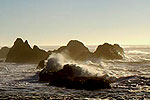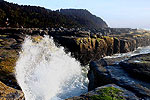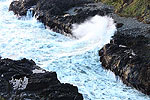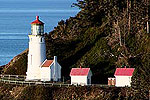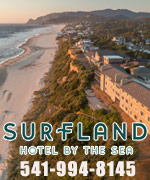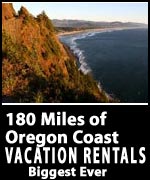Astoria Shipwrecks and the Graveyard of the Pacific on N. Oregon Coast
Published 11/21/21 at 10:14 PM PST
By Oregon Coast Beach Connection staff
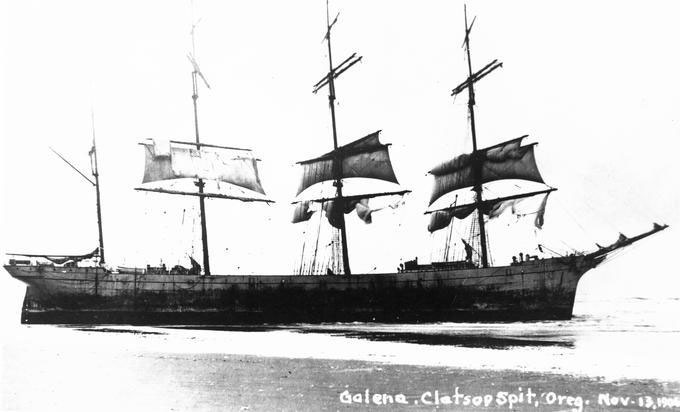
Includes exclusive listings; some specials in winter
In Cannon Beach:
Includes rentals not listed anywhere else
In Manzanita, Wheeler, Rockaway Beach:
Some specials for winter
In Pacific City, Oceanside:
Some specials for winter
In Lincoln City:
Some specials for winter
In Depoe Bay, Gleneden Beach:
Some specials for winter
In Newport:
Look for some specials
In Waldport
Some specials for winter
In Yachats, Florence
Some specials for winter
Southern Oregon Coast Hotels / Lodgings
Reedsport to Brookings, places to stay; winter deals
(Astoria, Oregon) - They call it the Graveyard of the Pacific, and for good reason. The mouth of the Columbia River, near the towns of Long Beach, Washington and Astoria, Oregon, is one of the most dangerous stretches of ocean water in the world. The “graveyard” itself spans from the tip of the Washington coast down through Tillamook Bay, with some 2,000 shipwrecks believed to have occurred here through 1981 and some 1500 lives that were lost. That's a number that includes tiny private vessels along with explorers and commercial vessels, documented a few hundred years back, but with the bulk since 1800 or so. (Above: the Galena, courtesy OSU. It wrecked near Gearhart on November 13, 1906. It still resides beneath the sands, likely never to be seen again.)
Shoals of sand hiding beneath the river mouth and along this shoreline have been the culprit, but thanks to various dredging projects since the ‘80s, bar pilots and modern tech it's been less of a major killer. Of course, wild winds and chaotic seas have had much to do with the deadly formula as well.
Most ships were bound for either Astoria or Portland as they headed inward over the last two centuries, but many never made it inside the mouth and were wrecked somewhere well north or south of Astoria.
The wreck of the USS Shark on September 10, 1846 is among the most famous along the Oregon coast, helping to name two towns with the moniker of Cannon Beach, keeping another town from starving, and creating one of the more unique shipwreck memorials of the entire region.
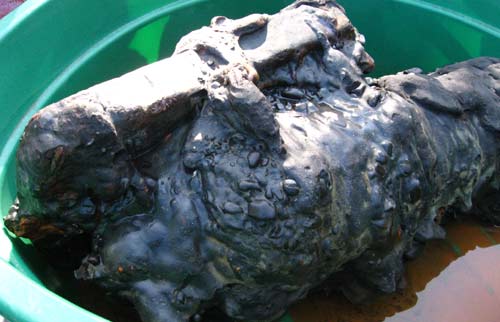
Cannon from the Shark found in 2008 in Arch Cape
Under the command of a Captain Schenck, the schooner was ordered away from its fleet in Hawaii to do some surveying of the Pacific Northwest and map out - among other things - the dangerous bar of the Columbia. Initially, the ship managed to enter the mouth of the Columbia with some trouble, but it made it. While in the Astoria area, tensions were still high between the U.S. and the British over territory boundaries, and local settlers and tribes saw the Shark as an agitating force. Thus, friction between locals and the crew was also edgy.
It didn't help that numerous crewmen went AWOL and left the ship after simply being sick of being at sea for so long. The captain grew anxious in such surroundings and decided to abandon the mission rather suddenly, making the decision to leave on that fateful day.
On the way out, the Shark hit the bar, stranded and broke up within a day under the heavy waves of a typical Oregon coast / Washington coast storm. Parts of it floated down to a spot later known as Arch Cape, where the cannon, capstan and other ship items found helped get that place called Cannon Beach. In the early 20th century it changed its name to Arch Cape and ten years later what we now know as Cannon Beach took the name. Quirky Oregon Coast History: How Cannon Beach Got Its Name
Meanwhile, in the 1850s, a group of settlers sat starving in the coastal forests of future Tillamook County and began constructing a wooden ship to retrieve supplies from Astoria up north. Yet at first they had no metal bolts or other such necessities to build. Luckily, local tribes gave them the heads up on chunks of the Shark that lay in the Tillamook area, and they were able to utilize the materials to construct just such a vessel, thus saving lives.
Some time after the wreck itself, one survivor carved all the names of the crew on a rock in the Astoria area, called Shark Rock, which is now seen at the Columbia River Maritime Museum.
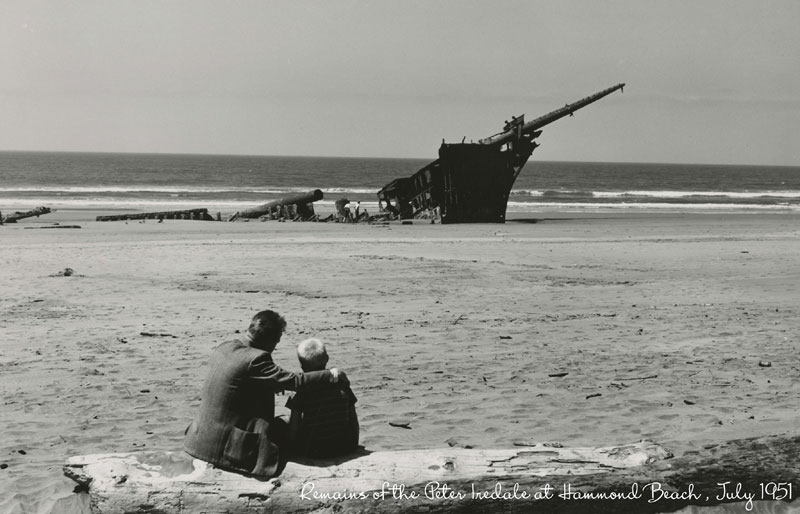
Wreck of the Iredale in the '50s
By far and away the most famous shipwreck of the Oregon coast is the wreck of the Peter Iredale near Warrenton at Fort Stevens State Park. It lodged here due to its run-in with the Columbia River bar and weather. Wrecking the Peter Iredale: How Oregon Coast History Played Out in 1906
The British vessel City of Dublin ran aground on the bar in 1878, after an unwise captain did not wait for a bar pilot. Even after dropping three anchors before skidding the bottom, the ship drifted and crashed on the spit, quickly taking on water and then self-destructing in the onslaught of the waves. All men escaped alive.
A little farther up the Washington coast, at Grays Harbor, one of the most tragic incidents in maritime history took place on September 18, 1914. The steamer Francis H. Leggett left the harbor with some 67 passengers and a full load of railroad materials. Some sixty miles down the Oregon coast, in the Oceanside area, it hit a massive storm and was eventually engulfed by waves after taking on water.
All aboard died; only one body was recovered.
A sampling of other wrecks:
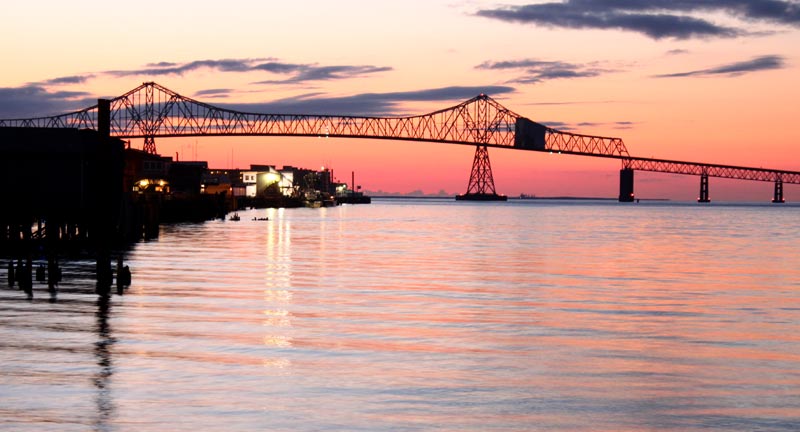
1874 – the Sidi. A French brig that was later salvaged and returned to service.
1875 – Architect. The barque wrecked on Clatsop Spit after winds calmed, causing her to lodge on the sand bar. Captain and crew spent the night hiding from the elements in the rigging, and eventually all were rescued by a lifeboat.
1947 - Two barges named PT&B 1684 and PT&B 1685. As they were being towed in from Honolulu, heavy seas and high winds hit, causing the tugs to cut the lines. Both smashed into the spit, and one eventually was lashed up against North Head. All the cargo was lost.
1960 - Bell Buoy. The fishing vessel built in ‘49 and based out of Astoria took on water and sank a ways from Cape Disappointment.
1964 - George Olson. The 3,321-ton lumber barge broke lose from its tug crossing the bar on January 30, and even after Coast Guard ships got hold of her she started sinking due to damage from the bar. To prevent this, the rescue vessels stranded her aground somewhere on the north jetty.
Hotels in Astoria/Seaside - Where to eat - Astoria Maps and Virtual Tours
Cannon Beach Lodging
Nehalem Bay Lodgings
Manzanita Hotels, Lodging
Three Capes Lodging
Pacific City Hotels, Lodging
Lincoln City Lodging
Depoe Bay Lodging
Newport Lodging
Waldport Lodging
Yachats Lodging
Oregon Coast Vacation Rentals
Oregon Coast Lodging Specials
More About Oregon Coast hotels, lodging.....
More About Oregon Coast Restaurants, Dining.....
LATEST Related Oregon Coast Articles
Weather good for most of Oregon. You'll need a camera to see. Astronomy
Ethereal in the East: Check Oregon, Washington Even Coastlines for Zodiacal L...
Look to east for 'False Dawn' - bring your camera. Sciences, astronomy
Sparks Above and Below: One Surreal, Dreamlike Oregon Coast Eve
Where astronomy crashes into marine biology and meteorology. Cannon Beach, Wheeler, Manzanita, Seaside, Newport
Labor Day Weekend Travel Tips, Advice for Oregon Coast, 2025
Higher lodging prices, more traffic, gas prices, weather and tips
Lincoln City Fall Kite Festival Returns with Night Flights Over Central Orego...
Sept 19 - 21 there's a new addition and some extra glass floats. Lincoln City events
Florence Opens Photo Contest: $250 Prize for Best Central Oregon Coast Snap
Inviting amateur and professional photographers. Florence events
Oregon Shores Holds Fundraising 'Toast the Coast' Aboard a Portland Ship
Sept 20 aboard the Willamette Star. Neskowin events, Pacific City events, Tillamook events, Garibaldi events, Rockaway Beach events, Manzanita events, Cannon Beach events, Seaside events and Astoria / Warrenton events.
Latest on Shellfish Fun Along Oregon Coast - Pacific Halibut Angling
Crabbing, mussels, razor clams and ocean fishing. Marine sciences
Back to Oregon Coast
Contact Advertise on BeachConnection.net
All Content, unless otherwise attributed, copyright BeachConnection.net Unauthorized use or publication is not permitted





